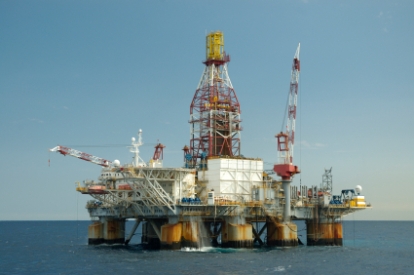The US Oil Drilling Divide
June 28, 2008 3:13 pm Consumer, General InterestPredicting future oil and gas prices is highly uncertain with the volatile global markets. The puzzling question today on everyone’s mind is if the time has come to lift the ban on US oil and gas drilling and if the risk is worth the potential reward.
With gas prices currently sitting at $4 a gallon, Congress is again wrestling with proposals to allow drilling in now-restricted portions of the eastern Gulf of Mexico, Atlantic and Pacific. President Bush estimates that an extra 18 billion barrels of oil – equivalent to the nation’s current oil production for the next 10 years would be available from drilling in areas currently banned. Although there’s uncertainty as to how long it would take to begin production, this would allow us to reduce our growing dependence on oil imports.
With today’s technology, the risk of a drilling disaster is greatly decreased, but environmentalists worry that drilling in these areas would pose a threat to beaches, wildlife and coastal-based economy if a spill were to occur.
Is drilling a high-risk? Â The first offshore oil production platforms went up off the Louisiana coast in 1947 and over a half century later, with 3,203 offshore oil platforms in the Gulf of Mexico studding her coastal waters, the 20,000 miles of pipeline provides a quarter of America’s domestic petroleum, all this without having caused a single major oil spill. This record stands despite dozens of hurricanes including the two most destructive in North American history, Camille and Katrina.
A study by LSU’s Sea Grant College shows that 85 percent of Louisiana’s offshore fishing trips involve fishing around these offshore oil rigs. The same study found 50 times more marine life around an oil production platform than in the surrounding mud bottoms.
So the decision on whether or not to drill offshore in the United States will ultimately come down to whether Congress and the President decide which is more important, environmental endangerment or  the severe economic issues of the day.
